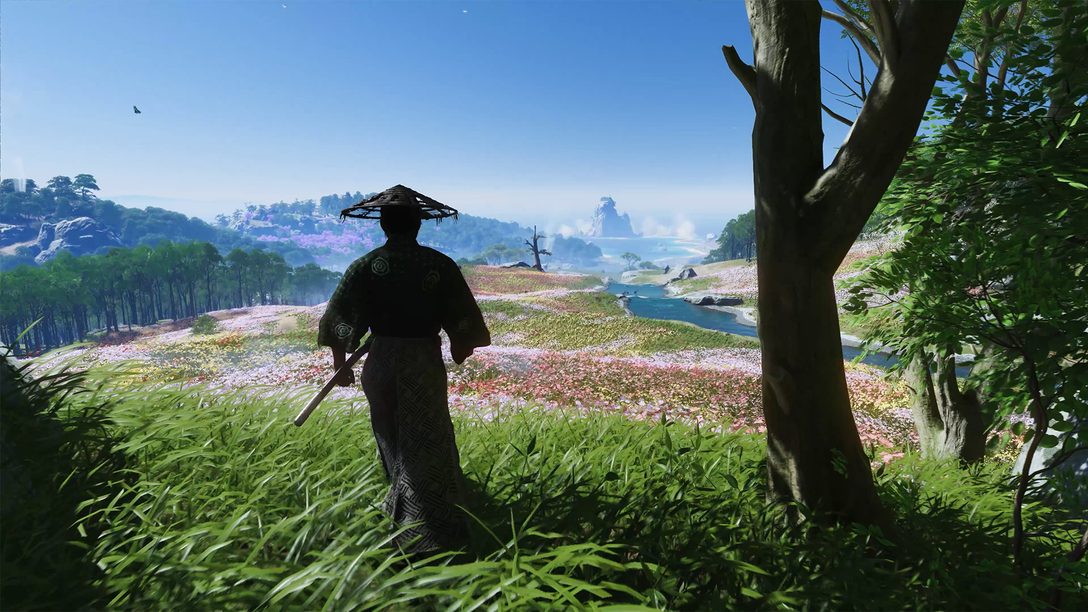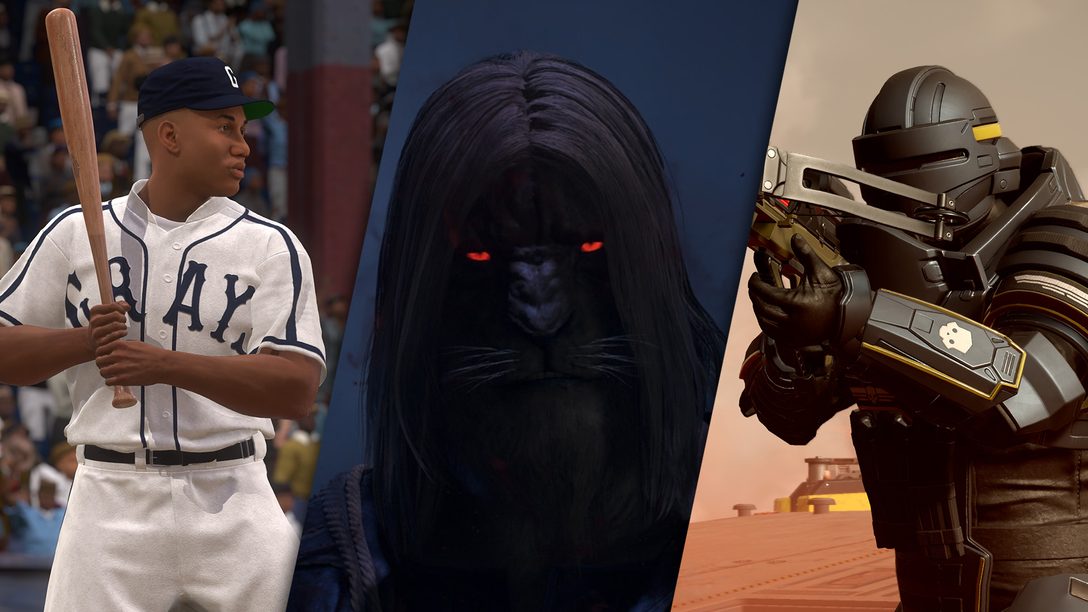
This week’s instalment in our ongoing Behind The Classics series takes us to the weird and wonderful land of Oddworld. It might not have sold 20 million copies, but few games released in the PlayStation era have such a loyal following as Abe’s Oddysee and its sequels. And with good reason – Lorne Lanning’s beautiful side-scrolling fantasy adventure is one of the richest, most singular game worlds ever created and its hero, Abe, one of gaming’s most eccentric protagonists.
With an HD remake currently in development, we caught up with the game’s creator to find out how the 1997 original came into being. Sit back and enjoy – and if you’re new to the title remember that it’s available to download on PSN.
Fred Dutton, PlayStation.Blog Europe Manager: What was the original concept for the game?
Lorne Lanning, President, Oddworld Inhabitants: On a very practical level, we were striving for a deeper and more engaging sense of story and emotional character development for games. We brought character development, production design, animation, and effects from the film industry. We wanted to feel like you were playing not just a challenge, but someone’s fate – someone that you had to be responsible for.On a more philosophical level, I wanted to take the most pop of pop culture, and convert it into meaningful modern day myths that would have great appeal to a wider audience. We also believed that people could find more empowering messages through gaming. So we targeted the anti-hero as our main character. Abe wasn’t the muscle-bound superhero that you wanted to be – he was the rather pathetic chump that you actually are. It was about rendering the journey out of the more powerless beings that we see ourselves as and at the place we most typically are, which is at the bottom of the global corporate food chain.
On a business level, we believed that if we could crack the conceptual goals mentioned above, then we had a chance at establishing a quality brand that distinguished itself by offering its audience a more intelligent – albeit sarcastically ironic – perspective to engage with.
At the time, we believed that the space was wide open to create a brand of quality and integrity around the dysfunctional cracked mirror of our real world as reflected into our mythically hilarious and pathetic world, then we could establish a brand that would stick into the future.
PSB: Where did you look for inspiration when deciding on the game’s look and feel?
LL: While 3D was the big emerging new real time tech of the PS1 era, it didn’t appeal to me at all as I had already been dealing with 3D graphics for a decade before I talked Sherry McKenna into founding Oddworld with me. We knew very well the capabilities that 3D was not going to deliver for console gaming at that time. Instead, we focused on creating the lifelike aspects of the characters and environments. Their animations, their sound effects – we were aiming for it to feel more like film.It was film that was the key inspiration, but from games the most fun I personally had, aside from pure racing and arcade-style games, was the great early side-scrollers like Prince of Persia, Out of This World and Flashback. I loved those games, but most importantly those games made me feel like I was controlling a lifeform more than a piece of art in some challenge contest.
The animations, the locked camera, the movie-esque tone and vibe of those games blending story, action and adventure in clever, focused ways engaged me in ways that I found more inspiring.
So while most developers were heading for 3D, we were heading for deeper characters and more emotionally meaningful play. For me, it was not about the tech. It was about the narrative and having the gameplay take some interesting new twists to make the mechanics of challenge more tightly interwoven into the character and story.
PSB: It really set the standard for 2D visuals when it was released. Was it a tough game to develop?
LL: It was hell. We had all kinds of things going wrong, and quite frankly it would have failed to reach the shelf had Sherry McKenna not been one seriously badass negotiator and strategist. The team stuck through some hard times and people wanted to do a great job with the project, but Sherry was the enabler to make all that happen. She kept the money flowing while other companies were being cut.Considering the obstacles, it was harder than I ever imagined it would be. Logically speaking, we should have failed, but our deep commitment and our absolute determination under the leadership of a relentlessly optimistic force – aka Sherry – we actually prevailed. But it was a killer building the company, an engine, and the game all with one budget. It was painful.
PSB: Which element of the game are you most proud of, and which element, if any, do you feel fell short? Any regrets about the checkpoint system?
LL: Well, yeah, the checkpoint system was such a cluster**** it was maddening. This was down to coding issues and having a very challenging time getting code and design and direction on the same page. It was a new company, it was new people working together, it was a crazy ambitious effort for us… and we completely screwed the save system by release. UGH! It hurt, but we shipped and while it was imperfect we swore we wouldn’t make the same mistakes again. We fixed that issue on Abe’s Exoddus and even created the “quick save” to really drill that issue home that we would never make that mistake again.PSB: What do you see as the game’s legacy? How would you like it remembered?
LL: I think the game served a lot of people who wanted to see deeper and more developed characters in games that had more real world relevance to them. I believed, and still do, that the audience wants richer entertainment than they are currently getting.I also hear a lot of people in the business claim the game inspired them to want to start making games. But I have to say the most intangible rewards were the heart-breaking and inspiring fan mails from people whose lives the game so deeply affected. It’s uncanny the impact the game had on some people, but it was why I personally wanted to make the games.
I believed the power of the medium could have greater and more nutritious impact that added something to people’s lives and perspectives on the high-jinxed world around them, full of lies and deception being brought to them by governments and corporations.
There was one fan who swears the game saved his life, who was actually a 72 year old man who we decided to name a character after in our second game, Abe’s Exoddus. He was Alf Gamble. When we read his hand written multi-paged letter… all of us cried. It was a killer, it was sincere, and it was a heartbreaker.















Comments are closed.
26 Comments
Loading More Comments